Longstalk Holly (Ilex pedunculosa), a perennial shrub from the Aquifoliaceae family, originates from China and Central to Southern Japan. Known for its adaptability, this plant thrives in USDA hardiness zones 4 through 8 and is well-suited for gardens requiring low-maintenance greenery.
This versatile shrub performs best in full sun but can tolerate partial shade, making it a flexible choice for various landscape designs. It prefers well-drained soil and requires minimal care, making it an excellent option for gardeners of all experience levels. For colder climates, some winter protection may be necessary to safeguard its health.
With its resilient nature and straightforward upkeep, Longstalk Holly is a reliable addition to any garden, offering both aesthetic appeal and ease of maintenance.
| Common name | Longstalk Holly |
| Botanical name | Ilex pedunculosa |
| Family | Aquifoliaceae |
| Species | pedunculosa |
| Origin | China, Central & South Japan |
| Life cycle | Perennial |
| Plant type | Shrub |
| Hardiness zone | 4, 5, 6, 7, 8 |
| Sunlight | Full Sun |
| Maintenance | Low |
| Soil condition | Clay |
| Soil ph | Acid |
| Drainage | Well-Drained |
| Growth rate | Slow |
| Spacing | 12 – 24 ft. |
| Harvest time | Fall |
| Flowering period | Spring |
| Height | 2- 30 ft. |
| Flower color | White |
| Leaf color | Green |
| Fruit color | Burgundy, Red |
| Stem color | Brown, Copper |
| Fruit type | Berry |
| Fruit benefit | Long-lasting |
| Leaf benefit | Showy |
| Flower benefit | Fragrant |
| Garden style | Pollinator Garden |
| Uses | Naturalized Area |
I. Appearance and Characteristics
Ilex pedunculosa, called longstalk holly, is a species of flowering plant in the genus Ilex, native to central and southern China, Taiwan, and Japan. It is quite cold hardy (to USDA zone 5a). It gets its specific epithet and common name from its long peduncle (the stalk from which the berry depends).
The branches are gray, the leaves are 1 to 2 cm long and the petiole is long. The leaves alternate the leaves are oval slightly leathery shiny and generous in appearance. The front surface is dark green and smooth, the back surface is slightly pale and the middle rib protrudes.
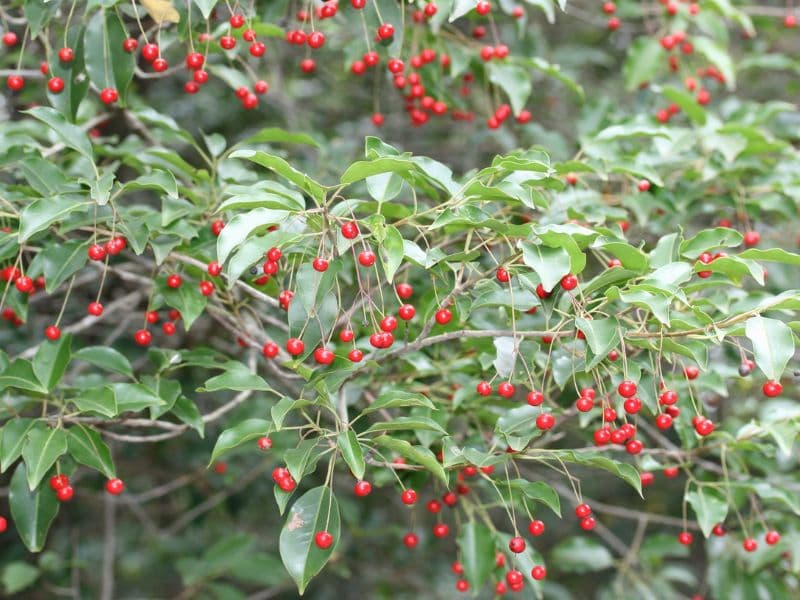
The edges are smooth but wavy. Tree height grows up to 3-7 meters. The flowering period is around spring-summer and is dioecious. The female flowers grow singly on the axils and the male flowers gather a small number of small white flowers in the inflorescence. The fruit hangs with a handle of 5 to 6 cm, is spherical with a diameter of about 7 mm and ripens red in fall.
II. How to Grow and Care
Sunlight
Long-stalk holly thrives best in full sun conditions, which ensures robust growth and optimum health. The intensity of the light should be high, with direct exposure to the sun’s rays for the majority of the day. While long-stalk holly possesses a good degree of adaptability and can tolerate partial sun, too much deviation from its ideal can lead to suboptimal growth and reduced vitality. Adaptive traits such as leaf adjustments help long-stalk holly manage less-than-ideal light conditions.
For outdoor planting, long-stalk holly should be positioned where it can bask in unfiltered sunlight for extended periods. No indoor location recommendations are necessary as long-stalk holly is typically not an indoor plant.
Temperature
Long-stalk holly is distributed in tropical, subtropical, and temperate regions. It thrives in a cool and humid environment. It grows in temperatures ranging from 10 to 31 ℃, is relatively cold-resistant, and can safely overwinter outdoors at about -3 ℃. It grows well at a relative air humidity of 70%, suggesting that arid environments should be avoided.
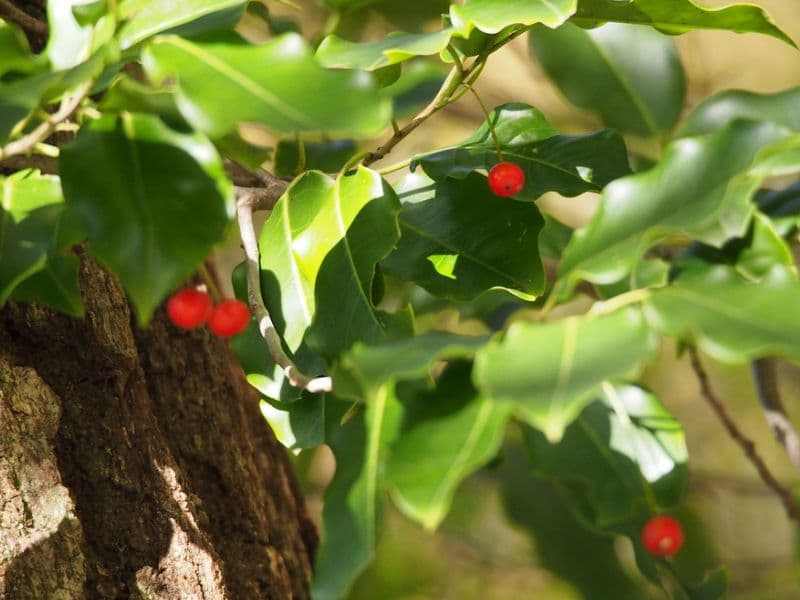
Watering
Originating from regions with moderate moisture, long-stalk holly is well-adapted to environments where water is not overly abundant. It has evolved a preference for relatively balanced soil moisture levels and can withstand short periods of dryness. Watering should be done once every 1-2 weeks, maintaining consistent hydration without over-saturating the soil.
Typically grown outdoors due to its robust nature, long-stalk holly thrives in climates where rainfall supplements its watering schedule, ensuring it receives adequate moisture throughout its growth cycles.
Soil
Long-stalk holly likes acidic soil with a pH value of 5-6. In neutral or alkaline soil, its leaves tend to yellow and the plant may even die. It requires humid culture media that retain water and are rich in organic matter. Humus soil with an appropriate amount of coarse sand or perlite added will increase soil permeability. A formula for the culture medium, for example, could be 1/2 leaf mold + 1/4 coarse sand or perlite + 1/4 decomposed bark.
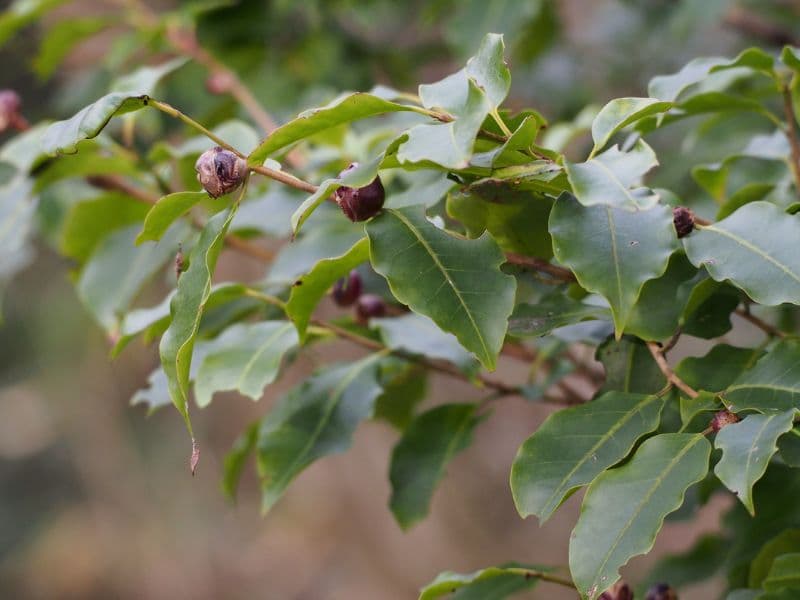
Before putting it into the pot, the medium should be soaked in a carbendazim solution to kill any bacteria and insect eggs. Some ceramsites can be put at the bottom of the pot to improve drainage and avoid water accumulation caused by excessive daily watering. Change the soil every two years.
Fertilizing
For long-stalk holly, use balanced nutrition in spring to support new growth and high nitrogen in fall to prepare for dormancy. Fertilize quarterly, adjusting to match growth stages; less in dormant winter, more in active spring/summer. Apply according to package instructions for plant size, avoiding root burn. Benefits include robust growth, improved fruiting, and overall health. Novices can start with half-strength, increasing as familiarized with long-stalk holly’s response.
Pruning
Long-stalk holly flowers and fruits only grow on new branches, so the plant needs to be pruned to promote the germination of new branches. It’s best to prune before early spring, ideally during winter. In addition to promptly cutting off old, yellow, dried, and diseased leaves, one-third of the old branches should be cut off from the base every year.
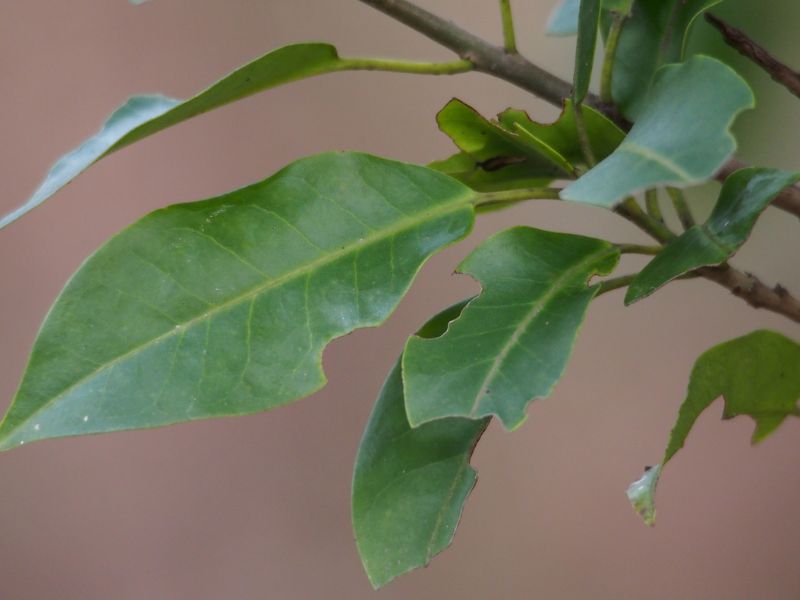
This promotes vertical growth, flowering, and fruiting. After winter pruning in cold areas where it snows, the remaining branches can be bundled with ropes to avoid damage caused by snow or ice on the branches.
Transplanting
Long-stalk holly thrives when transplanted during the mild temperatures of late summer to early fall, providing ample time for root establishment before the harsh winter. This perennial prefers well-drained but moist locations with partial sun. Handle with care to safeguard delicate roots.
III. Harvesting and Storage
In suitable growth conditions, long-stalk holly blooms and bears fruits once a year. The fruits appear in fall and winter, and can be appreciated for a long time before picking. Without birds in the yard, the fruits often persist into the next spring. The vase life of fruit-bearing branches after picking is about 20-40 days.
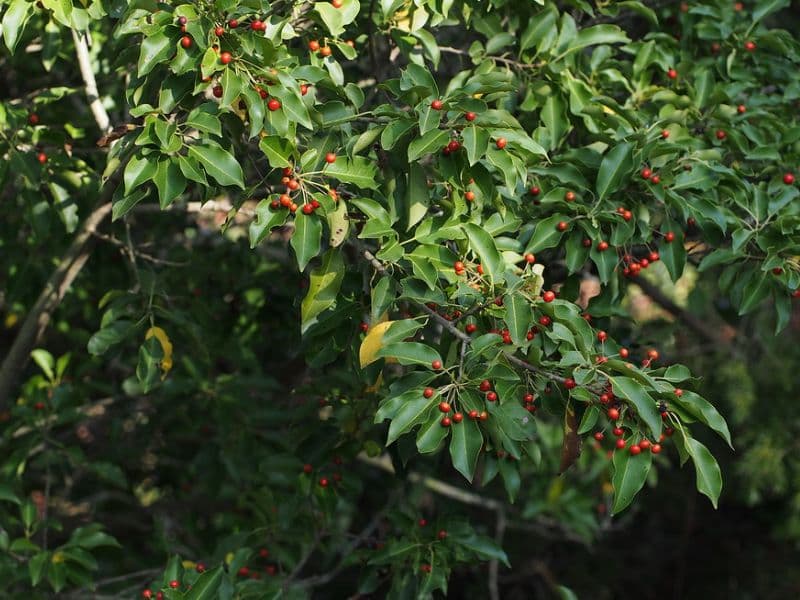
Use sharp garden shears when picking and cut the base of branches at a 45-degree angle, or make the cut into a cross, to increase the water absorption area. Quickly put the cutting in a vase with clean water to avoid water loss. The fruits of Ilex verticillata can also be air-dried since they tend to not drop from the branches. Their colors will change from bright red to deep red, providing good ornamental value.
Find Where to Buy the Best Longstalk Holly (Ilex pedunculosa)

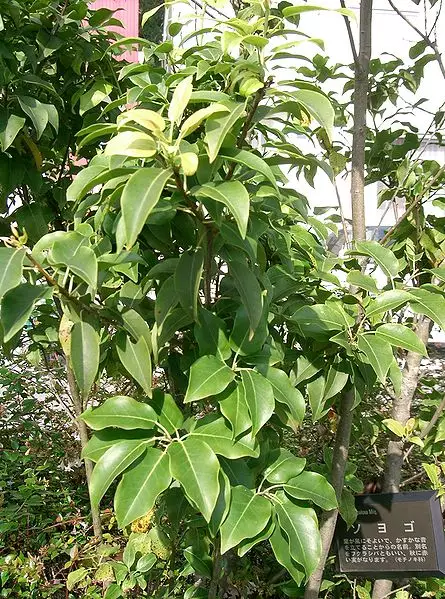




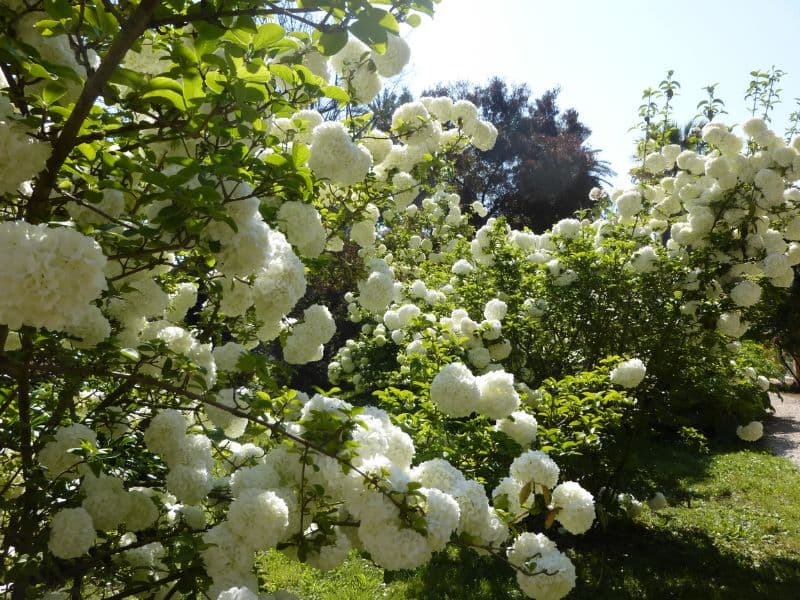
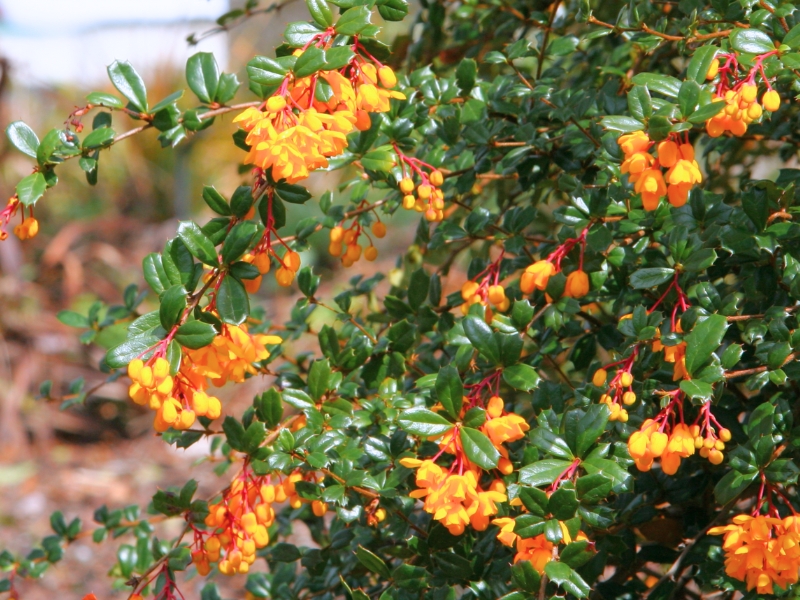
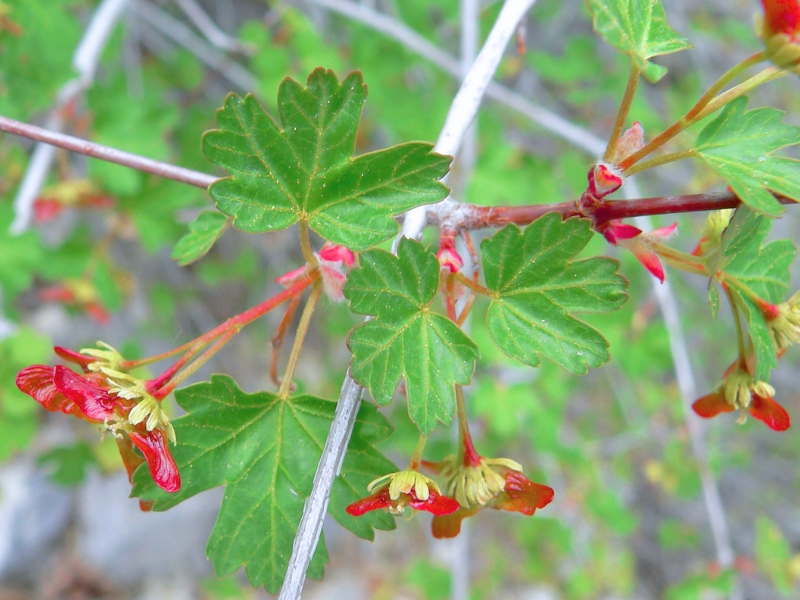
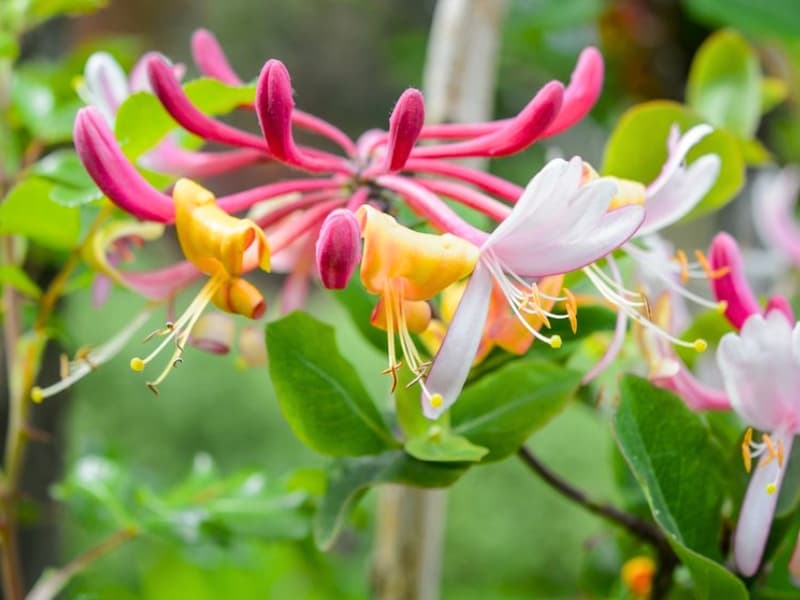
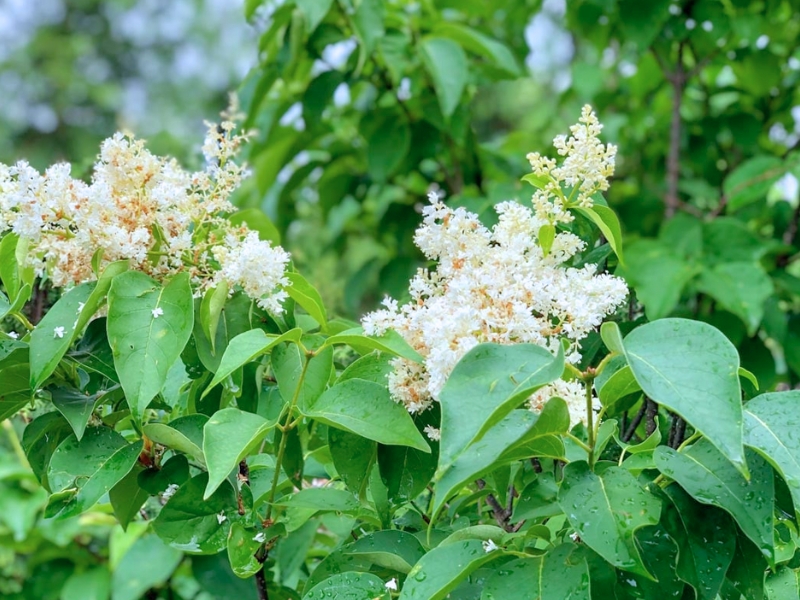
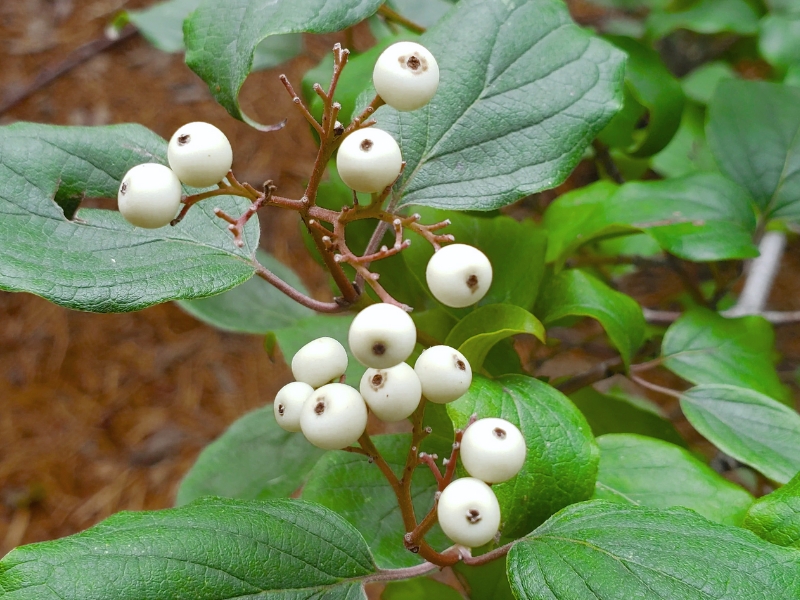
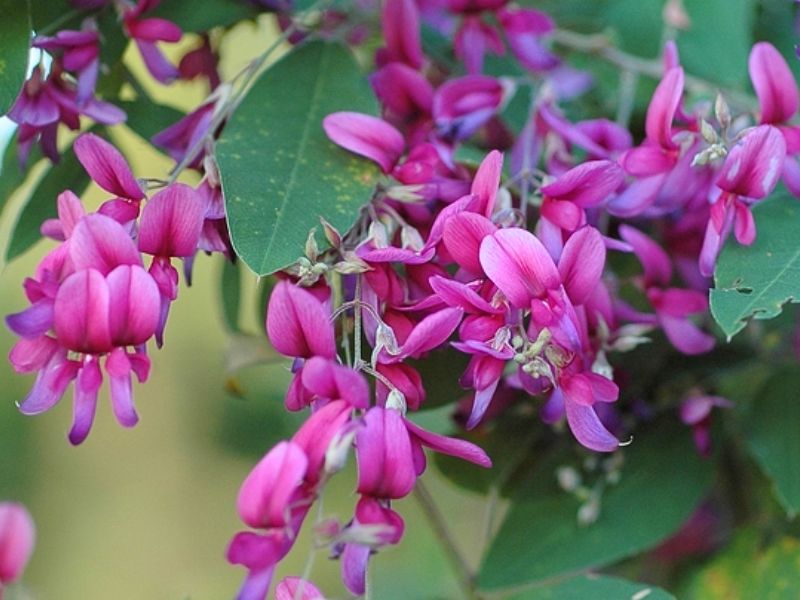
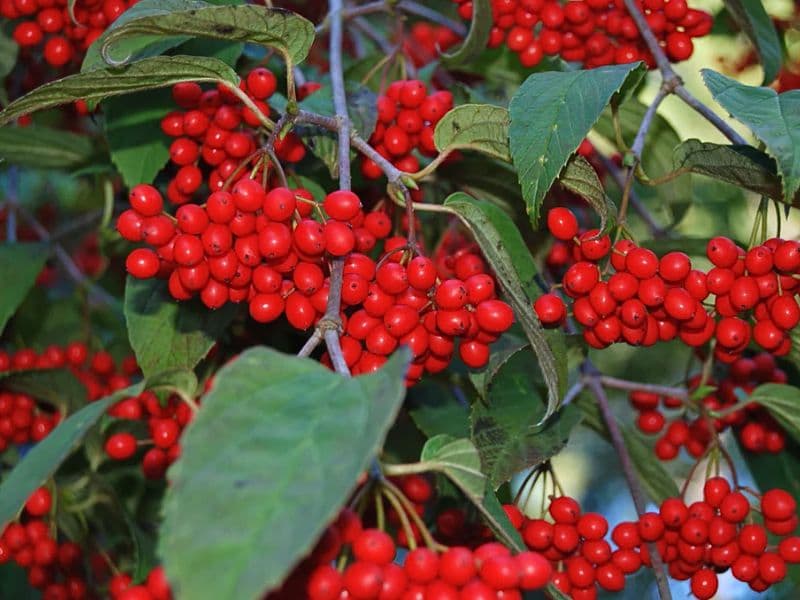
Leave a Reply